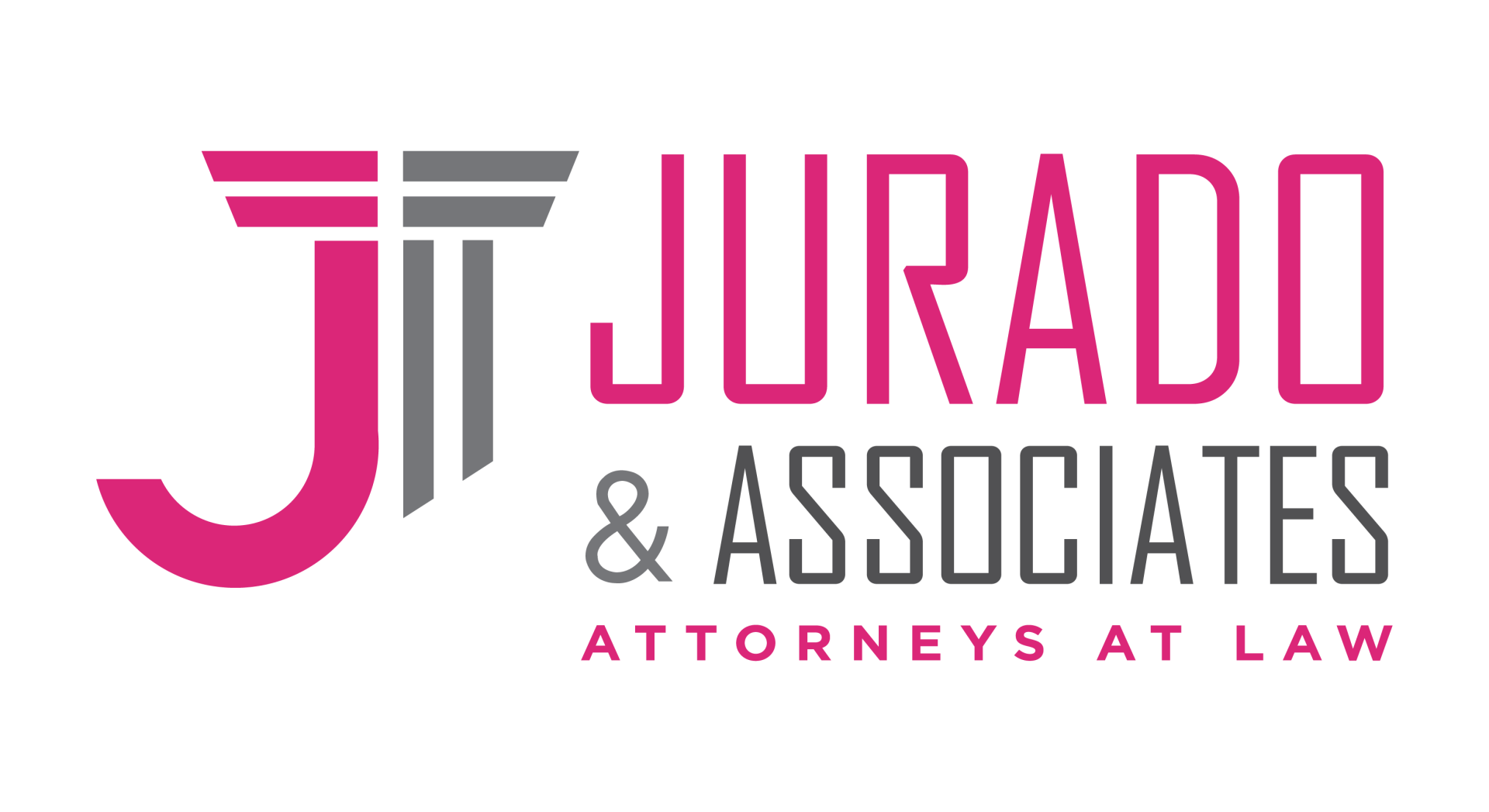According to the United States Patent and Trademark Office (USPTO), a trademark can be any word, phrase, symbol, design, or combination of those elements used to help consumers identify the source of goods or services.
Are trademarks the most effective way to protect a brand in the US? Read on to find out.
Brand Protection vs. US Trademark Rights – An Overview
The first step to understanding the legal relationship between brand protection and trademark is determining what a brand is. Essentially, the term “brand” refers to a name given by an entrepreneur to a product or service.
Depending on the circumstances, it is possible to find different manufacturers and sellers using the same brand name to make business. As long as the brand names do not result in a “likelihood of confusion,” they may coexist peacefully.
Primarily, a trademark must be connected with specific goods or services to distinguish the provider from competitors in the marketplace.
An efficient way to determine the existence of trademark rights associated with a brand is by determining:
- The products or services customers purchase from a company
- Whether physical products bear the brand as a trademark (e.g., packaging)
- The use of the brand to identify the source of these specific goods or services
For instance, let’s say there is a company with a brand called “Golden Prairie Steaks.” If the brand is used to identify the company’s food products and distinguish them in the marketplace, it may be protected by the applicable trademark law.
Is Trademark Legally Protecting Your Brand in US? – The Verdict
As long as a brand meets the requirements to be treated as a trademark, it is possible to prevent others from using the same name for related goods or services without authorization.
It is harder to prove the “likelihood of confusion” if the other company using the same brand name does not compete with you in the same segment. Conversely, if there is feasible evidence of infringement or dilution of a brand, it is possible to seek legal action.
Another overlooked element of trademark rights is that they do not stem from registration, but from their active use in business. Even if the owner of a business mark has not registered it at the state or federal levels, the trademark is still legally protected.
Also referred to as “common law” trademarks, unregistered trademarks are efficient within a limited geographic scope. Another practical option is to register a trademark at the state level, but a federally registered trademark offers superior protection.
The benefits of owning a brand trademarked with the USPTO include:
- The exclusive rights to use the trademark associated with specific goods or services anywhere in the US
- The possibility to sue in a federal court in case of infringement
- Making the trademark part of USPTO’s database, which puts potential infringers on notice
- The basis to obtain foreign trademark registration
Do You Need to Protect Your Trademark Rights? – Immediately Seek Legal Guidance
Waste no time with uncertainty. Contact Attorney Romy B. Jurado today by calling (305) 921-0976 or emailing [email protected] to schedule a consultation.





